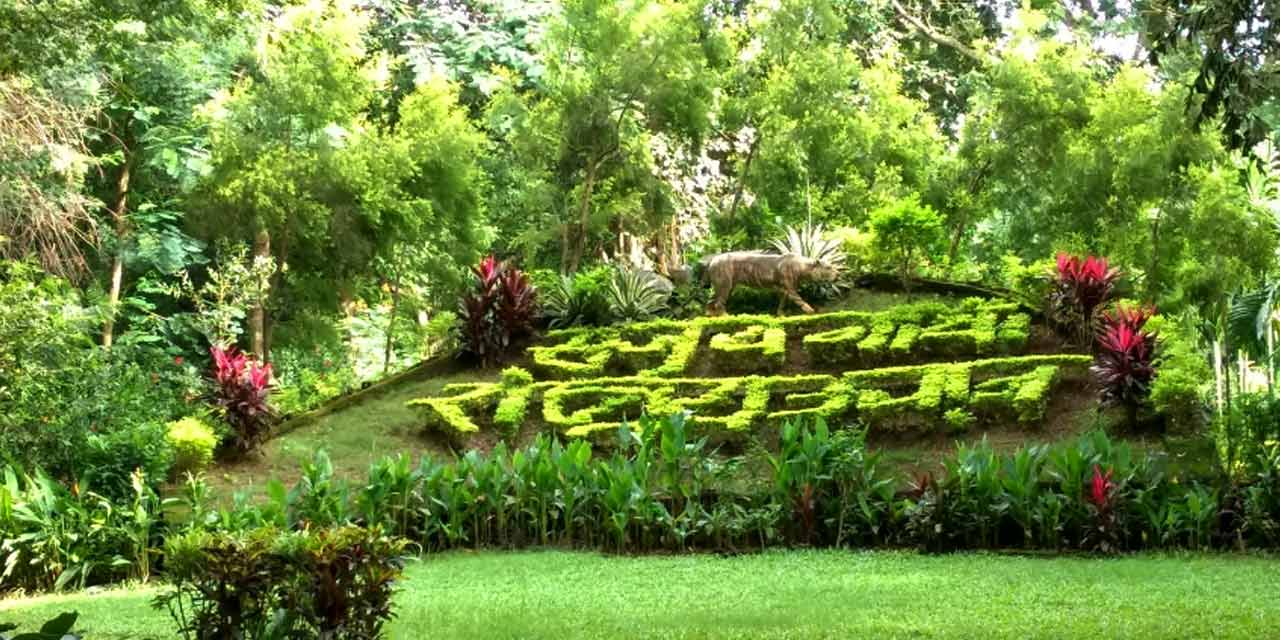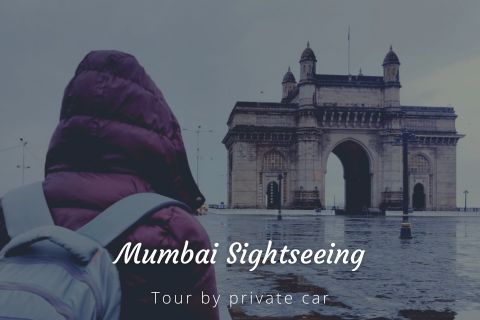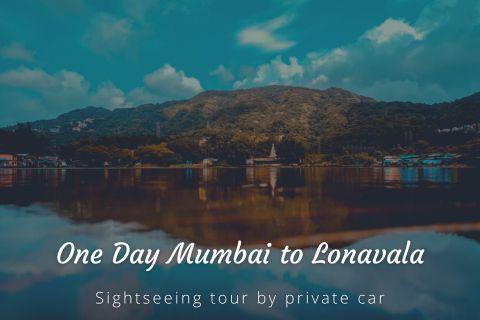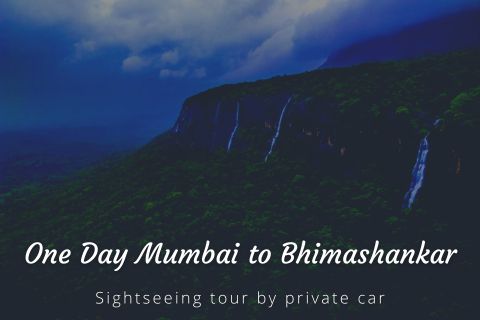
Sanjay Gandhi National Park Mumbai Entry Fee
- 103 per person Adult Entry fee
- 50 per person Child Entry fee
- 50 per person for kanheri caves by bus
- 50 per person for Buggy Tour for Adults
- 25 per person for Buggy Tour for Children
- 124 per person for Combined Tiger & Lion safari for Adults
- 50 per person for Combined Tiger & Lion safari for Children
- 94 for 2-seater boat
- 190 for 4-seater boat
- 80 for Cycle rent
- 259 for Still Camera
Sanjay Gandhi National Park Mumbai Phone
022 2886 6449
022 2886 0362
Mumbai City Tour Packages
Sanjay Gandhi National Park Mumbai Timings
| Day | Timing |
|---|---|
| Monday | Closed / Holiday |
| Tuesday | 8:00 am – 5:30 pm |
| Wednesday | 8:00 am – 5:30 pm |
| Thursday | 8:00 am – 5:30 pm |
| Friday | 8:00 am – 5:30 pm |
| Saturday | 8:00 am – 5:30 pm |
| Sunday | 8:00 am – 5:30 pm |
Rating:  | 4/5 stars
| 4/5 stars
Based on total 61 reviews
Sanjay Gandhi National Park Mumbai Address: Borivali East, Mumbai, Maharashtra, 400066, India
When in Mumbai, a visit to the Sanjay Gandhi National Park (SGNP) becomes imperative. The national park is also called the lungs of the city and is the only national park in the world known to be present within a city’s premises. Far from the bustle of the city, the environment inside the national park is completely peaceful and offers serenity.
Spread across a total area of 103 square kilometres, the governing body of the national park is the Ministry of Environment, Forest and Climate Change and the footfall of visitors each year rounds up to a little over 2 million. The entire area of the national park forms approximately 20% of Mumbai’s geographical area.
The park is home to over 40 species of mammals, 254 species of birds, 150 species of butterflies, 78 species of reptiles and amphibians and last but not the least and most important, over a surprisingly high population of 1300 species of plants.
At the exit gate of the park, there is a souvenir shop that offers artefacts, coffee table books on SGNP Biodiversity, trekking gears and apparel, books on tribes of Maharashtra, organic consumables and forest produce.
History of Sanjay Gandhi National Park Mumbai
The history of Sanjay Gandhi National Park dates back to 4th Century BCE when ancient civilizations of Sopara and Kalyan had a 45-kilometre trade route between each other and kingdoms of these trade capitals exchanged trades with Greece and Mesopotamia.
The trade route between Sopara and Kalyan passed through Kanheri Caves which was a site of learning as well as pilgrimage for Buddhists. The caves were sculpted out of one single basalt rock by Buddhist monks between 9th and 1st Century BCE.
What was earlier known as Krishnagiri National Park during the pre- independence era (1942), was later known as Borivali National Park in 1974 and was spread across an area of 20.26 square kilometres only. This was done in 1942 under the Bombay National Park Act.
However, later on the park area was expanded twice. Once in 1976 and later again in 1981. During the expansion of 1981, the area that came under the National Park measured 82.25 Square kilometre.
The park was named as Sanjay Gandhi National Park, after the elder son of ex- Prime Minister of India, Ms. Indira Gandhi in 1996 and the park area was further expanded to 103 square kilometres simultaneously.
Location and Geography of Sanjay Gandhi National Park Mumbai
Sanjay Gandhi National Park is sandwiched between the northern suburbs of Mumbai and the city of Thane. Except for its northern part, that lies in Thane, the rest of the park area is located in Mumbai. There are two man made lakes inside the park premises, Tulsi Lake and Vihar Lake that meet the water needs of the city’s population.
Due to its green cover, the temperature inside the national park is always on the lower side as compared to that of the city and also receives sufficient rainfall during monsoon. The elevation of the area is between 30 metres and 480 metres.
Timings and Entry Fees of Sanjay Gandhi National Park Mumbai
Timings:
Sanjay Gandhi National Park is closed on Mondays. On the rest of the days, it is open from 5:30 AM to 7:30 AM for morning walkers with monthly or annual passes. For day visitors, it is open from 8:00 AM to 5:30 PM.
Entry Fees or Tickets:
The entry fee to visit Sanjay Gandhi National Park is Rs. 103 for adults and Rs. 50 for children.
There is a shuttle service that operates between Sanjay Gandhi National Park and Kanheri Caves that costs Rs. 60 per person.
The Camera fee is Rs. 259.
Online Booking at Sanjay Gandhi National Park Mumbai
The tickets for activities inside the national park like Toy Train Ride, Boating and Safari can be booked only through the official website of the park.
All online tickets booked should be verified at the ticket counter.
P. S – There is a minimum requirement of participants for the toy train and the safari rides.
Image Gallery of Sanjay Gandhi National Park Mumbai
Biodiversity of Sanjay Gandhi National Park Mumbai
The biodiversity of Sanjay Gandhi National Park in Mumbai is mostly an influence of the Sahyadris. The flora and fauna belong mostly to the ones indigenous of the hill ranges of Western Ghats. The dense forest has an estimated 800 types of mauves widespread across the length and breadth of the park from Karnala to Yeoor hills to Tungareshwar to few parts of Film City.
The forest habitat being the most dominating habitat of the national park, there is an estimated 1300 species of flowering plants alone in SGNP. Karvi (flowers that bloom once every 8 years) shrub dominates most of the space and are denser in the inner parts of the forest that mostly remains out of reach from visitors and hence, is the most beautiful part during full blossom.
Bamboo is another flora that is quite widespread in the entire lower area of the national park.
The dense forest habitat includes trees belonging to mixed-deciduous type, which specifically include the Tectona, Albizzia, Terminalia, Holarrhena, Firmiana, Dalbergia, Garuga, Grewia, Adina, Ficus, Madhuca, Caraya, Butea.
WildLife at Sanjay Gandhi National Park Mumbai
Mammals
Spotted deer are a common sight at the national park while one is strolling around. The major fauna of SGNP is the big cat, i.e the large leopard and are in large numbers here. Striped Hyenas can be spotted around Yeoor hills side of the national park.
Black-naped hares, porcupines, palm civet are also among the inhabitants of the national park but are seen very rarely. The four-horned Antelope is also a rare sight given their shy nature. Hanuman langur, Bonnet Macaque and Rhesus Macaque are among the monkey species.
There are 17 species of bats that inhabit the national park, out of which, the Indian flying fox is the biggest of all.
Birds
Sanjay Gandhi National Park is a treasure trove for any birder. The Gaumukh Trail gives one a great experience with regards to bird watching. There are a significant number of species of woodpeckers and kingfishers along with the Paradise flycatcher and the much elusive Trogon. The brown-headed Barbet and Parakeets can’t just keep mum and one would be delighted to hear the calls of Tickell’s Blue Flycatcher or the Malabar Whistling Thrush singing melodiously and low voices of the Spotted babbler.
Reptiles, Amphibians and Butterflies
There are a total of 170 species of butterflies out of 1500 species in all of India. Out of these the most common is the Blue Mormon, which is also the state butterfly of Maharashtra. Others include the Blue Oak Leaf, Jezebels, Yellow and White Orange Tips, Sailors, Monarchs and many more.
When it comes to reptiles, crocodiles dominate the scenes of Tulsi Lake of Sanjay Gandhi National Park. Apart from the crocodiles, snakes are second highest in numbers spread across the length and breadth of the national park. The varieties include, Pythons, Cobras, Bamboo-pit Vipers, Russell Viper and the Ceylonese Cat Snake, a very rare species recently discovered by Bombay National History Society.
Giant Wood Spiders are a common sight during monsoon with large designer webs. Silk Cotton bugs and beetles are also found in abundance here.
Tiger and Lion Safari at Sanjay Gandhi National Park Mumbai
The safari rides inside Sanjay Gandhi National Park Mumbai are 30 minutes long and done between 9:00 AM to 5:30 PM with a one-hour lunch break between 12:00 PM to 1:30 PM. There is a minimum requirement of 15 people for the safari rides to commence.
The cost of combined tiger and lion safari is INR 124 for adults and INR 50 for children aged 5 to 12 years.
The safari tickets are non- refundable and non- transferable.
The safari can also be booked only through the official website of Sanjay Gandhi National Park and can be verified at the ticket counter.
Kanheri Caves in Sanjay Gandhi National Park Mumbai
The Kanheri Caves located inside the Sanjay Gandhi National Park in Mumbai are listed among the heritage sites and are protected by the Archaeological Survey of India (ASI). The caves date back to around 1st Century BCE making them over 2400 years old. The name of the Kanheri Caves is derived from the Sanskrit word ‘Krishnagiri’, meaning ‘black mountain’ due to the volcanic basalt rocks that form the base of the mountains.
The caves are a cluster of 109 caves in total. Not all caves are accessible. The caves contain Buddhist relics, carvings, paintings and inscriptions. Most of the caves represent ‘Buddhist Viharas’ that were used for living, studying and meditating. The larger caves are called Chaityas’ that were used as prayer halls that have rock cut pillars and stupas. There are caves that depict a dining hall too.
There are rock cut stairs on the mountains to make way for traveling from one cave to another.
Treks and Nature Trails at Sanjay Gandhi National Park Mumbai
Being situated at a higher altitude, the national park offers quite a few options for treks as well as nature trails. Some of the most common trails are listed here.
Kanheri Upper Trail
The most sought-after trail is the Upper Kanheri trail, especially a favorite of Sunday walkers. The trail starts from the park gate to the top of Kanheri Caves. The trail requires quite a bit of legwork however, offers beautiful views of the rich diversity of the jungle. Most of the hike is well shaded and passes through rocky edges of the mountain and also involves a short climb just before one reaches the top. The view of the entire national park is totally worth the huffing.
Gaumukh Trail or Bamboo Hut Trail
This trail is a long one however, is famous for its birding trail and ends at the highest point of the park at 1000 feet ASL. The end point of the trail is called the Gaumukh point located at the top of Kanheri Caves.
Highest Point Trail via Ashok Van
This common trail passes through the ‘Ashok Van trail’ which is a part of the thick part of the forest lined with huge Ashoka trees. While negotiating through this trail one comes across rocky hill slopes and streams. As the name of the trail suggests, the end point of the trail takes one to the highest point of Mumbai from where one gets a 360-degree view of the entire city including its 3 lakes, Vihar Lake, Tulsi Lake and Powai Lake.
Shilonda Trail
The base of the trail is located just before one reaches the foothills of Kanheri Caves and leads towards the north. The trail is around 4 kilometres long.
Malad Trail
The Malad Trail is towards the western edge of the national park where one can find a varied vegetation starting from dry-deciduous to much greener patch as one progress on the trail. The dry-deciduous vegetation mostly comprises Teak, Red Silk Cotton, Palash, Bamboo, etc. The end of the trail opens at the Malad.
Other jungle trails have also been introduced by the park officials, namely- Kashimira Trail and Nagla Block Trail, and Yeoor Trail. The Nagla Block Trail starts at Sasupada village along the Mumbai- Ahmedabad highway and ends at the Vasai Creek.
The Nature Trials through Nature Information Centre (NIC) of the park can be booked a day or two in advance. There is a fee involved that ranges between INR 75 to 300 and an additional charge for a naturalist who would accompany the visitors on the trail. The charge for hiring a naturalist ranges anywhere between INR 400 to 1000. NIC also arranges butterfly walks, birding excursions and overnight camping.
Additionally, the local conservation bodies and NGOs like the Bombay Natural History Society (BNHS) and World Wide Fund for Nature - India (WWF-India) also arrange guided walks. One of the most famous nature walks organized by BNHS and WWF India is the Karvi Trail which happens once every eight years since that’s how often the Karvi flowers are in full bloom.
Activities at Sanjay Gandhi National Park Mumbai
Butterfly Garden
There are a total of 170 species of butterflies at the butterfly garden of Sanjay Gandhi National Park. The Nature Information Centre (NIC) arranges guided butterfly excursions at the national park.
One can explore the greatest number of butterflies between the months of September to January when they happen to be more vibrant. NIC provides a pocket guide to identify the butterflies.
Cycling
The huge area of the park allows cycling enthusiasts to fulfil their desire to cycle through a relatively empty patch, which is otherwise impossible given Mumbai’s traffic snarls.
One can either get their own bicycles or even rent them inside the park at a mere fee of INR 80 for 2 hours. One needs to pay a deposit of INR 300 along with their ID proofs. There are a limited number of bicycles available in the park hence, it is recommended to either go early or one would need to wait till one is available.
Weekends are usually demanding days.
Boating
Boating timings are between 9:00 AM to 5:30 PM with lunch break between 12:30 PM to 1:30 PM. The tickets for boating can be booked online and verified at the ticket counter.
Charges for 2-seater boats are INR 94 and charges for 4-seater boats INR 190. Each boat ride lasts for 15 minutes.
Toy Train Ride
The Toy Train inside Sanjay Gandhi National Park Mumbai is called Vanrani. The narrow-gauge train ride tickets can also be booked online and need to be verified at the ticket counter. The timings of the train ride are between 9:00 AM to 5:30 PM with lunch break between 12:30 PM to 1:30 PM.
The one condition for the train ride to commence is that the minimum number of 20 people should be available for the ride.
Camping
There are over-night campings arranged by Nature Information Centre (NIC), SGNP. They offer all types of accommodation ranging from tents to pine houses to guest houses to dormitories.
Places to visit near Sanjay Gandhi National Park Mumbai
Kanheri Caves, Vihar Lake, Tulsi Lake, Film City, Chota Kashmir, Crocodile Park, Tikuji- ni-Wadi and Essel World and Water Kingdom are located nearby.
How to Reach Sanjay Gandhi National Park Mumbai
Nearest Railway Station to Sanjay Gandhi National Park Mumbai- Borivali (Western line)
The national park is at a walking distance from Borivali Railway Station (East). If anyone isn’t willing to walk, one can also hire an auto rickshaw or a taxi to reach the park.
All intercity buses going towards Borivali East stop at the gate of the park.
One can also rent a cab from top car rental companies in Mumbai to reach the national park.
Mumbai has a lot to offer to its visitors in the form of beaches, parks, temples, caves, amusement parks and what not. To help you plan your trip so that you cover all the important sightseeing places of Mumbai, we at Mumbai Tourism, a division of Holidays DNA offer Mumbai Tour Packages that are quite affordable. To make the best of your Mumbai tour, book a package with us and we will make sure you have a great holiday experience. So, what are you waiting for? Please fill the Contact Us form for further details.




